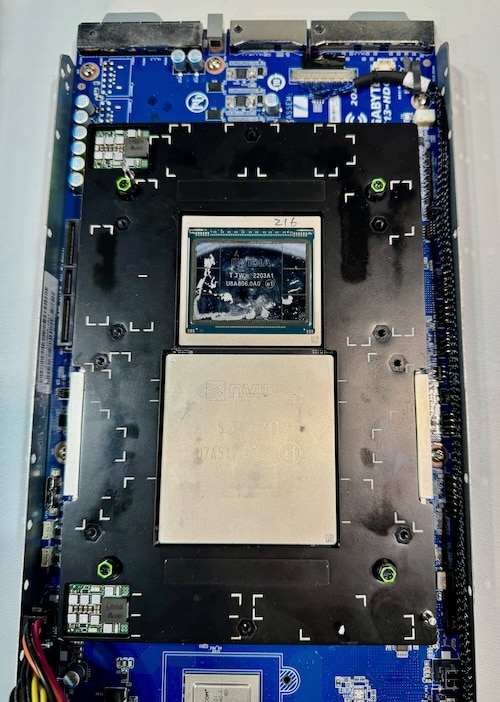Dozens of new supercomputers dedicated to scientific computing are gearing up to go live, all powered by NVIDIA’s groundbreaking GH200 Grace Hopper Superchip. This superchip is a game-changer for AI and high-performance computing (HPC), enabling scientists and researchers to tackle some of the world’s most complex challenges by accelerating AI and HPC applications that handle terabytes of data.
Dozens of new supercomputers dedicated to scientific computing are gearing up to go live, all powered by NVIDIA’s groundbreaking GH200 Grace Hopper Superchip. This superchip is a game-changer for AI and high-performance computing (HPC), enabling scientists and researchers to tackle some of the world’s most complex challenges by accelerating AI and HPC applications that handle terabytes of data.
At the SC23 supercomputing show, NVIDIA announced an expansion of the GH200’s reach, with more systems worldwide set to incorporate the superchip. Key players like Dell Technologies, Eviden, Hewlett Packard Enterprise (HPE), Lenovo, QCT, and Supermicro are among those integrating the GH200 into their offerings.

The GH200, which combines the Arm-based NVIDIA Grace CPU and Hopper GPU architectures through the NVIDIA NVLink-C2C interconnect technology, is not just a component but the driving force behind several global scientific supercomputing centers. These centers, powered by the GH200, collectively represent a staggering 200 exaflops of AI performance, poised to drive significant scientific advancements.
HPE Cray Supercomputers are integrating the NVIDIA Grace Hopper Superchip, as announced at the Denver show. The HPE Cray EX2500 supercomputers will feature quad GH200 processors capable of scaling up to tens of thousands of nodes. This integration is part of HPE’s newly introduced supercomputing solution for generative AI, promising unparalleled agility and faster AI training.
Supercomputing Centers Climb Aboard
Several of the world’s leading supercomputing centers announced at SC23 their integration of GH200 systems. Notable among them is Germany’s Jülich Supercomputing Centre, which will use the GH200 in JUPITER, set to become Europe’s first exascale supercomputer. This supercomputer will be crucial in addressing urgent scientific challenges, including climate change, pandemic response, and sustainable energy production.
Japan’s Joint Center for Advanced High Performance Computing and the Texas Advanced Computing Center in Austin are also on board, leveraging the GH200 for their next-generation supercomputers. The National Center for Supercomputing Applications at the University of Illinois Urbana-Champaign will use the GH200 to power DeltaAI, significantly boosting its AI-focused computing capacity.
The University of Bristol, with funding from the UK government, is building Isambard-AI, which will be the country’s most powerful supercomputer. Equipped with over 5,000 NVIDIA GH200 Grace Hopper Superchips, it will provide 21 exaflops of AI supercomputing power, enabling groundbreaking research in various fields.
The Early Adopters
These new systems join other next-generation Grace Hopper systems from institutions like the Swiss National Supercomputing Centre, Los Alamos National Laboratory, and SoftBank Corp.
The GH200 is shipping globally and is also available in early access from select cloud service providers, including Lambda and Vultr. Oracle Cloud Infrastructure and CoreWeave have announced plans for early availability of GH200 instances.
Other manufacturers like ASRock Rack, ASUS, GIGABYTE, and Ingrasys are set to begin shipping servers with the superchips by year’s end. Over 100 global enterprises, organizations, and government agencies, including NASA Ames Research Center and TotalEnergies, have adopted the GH200 in early access for their supercomputing initiatives.
Furthermore, the GH200 will soon be accessible through NVIDIA LaunchPad, offering free access to NVIDIA’s enterprise hardware and software via an internet browser, marking a significant step in democratizing supercomputing resources.
Engage with StorageReview
Newsletter | YouTube | Podcast iTunes/Spotify | Instagram | Twitter | TikTok | RSS Feed
